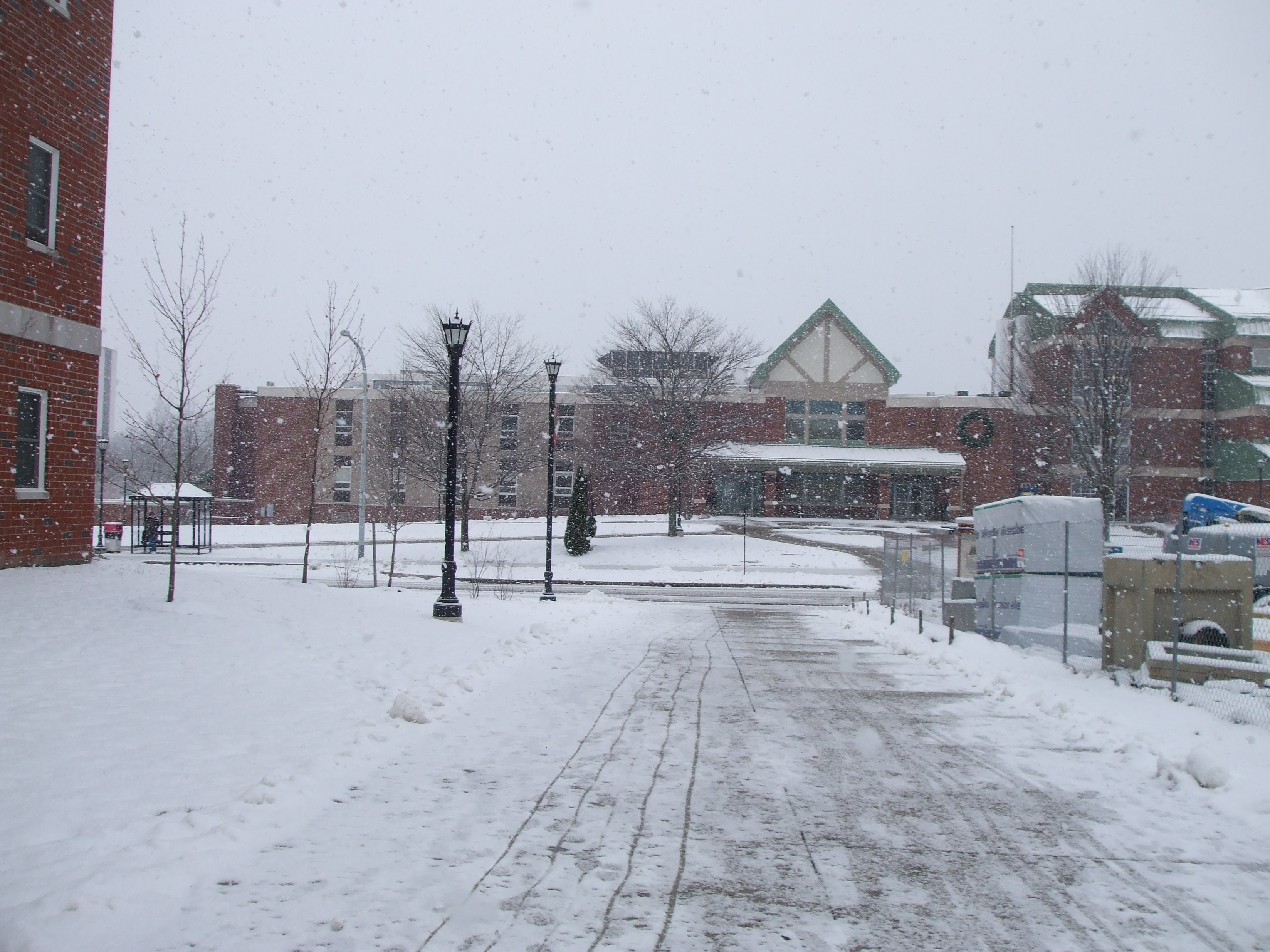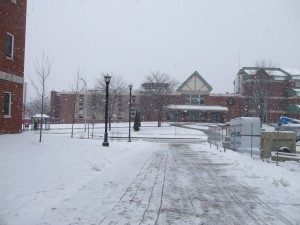Sightings of a massive, black creature with a long neck and a large, humped back was reported in Edinboro Lake last Monday at 7:30 a.m.
“It certainly wasn’t any type of fish that I’ve ever seen,” said Stanley Yelnats, a 56-year-old local fisherman who was out in his boat early that morning.
Yelnats said that he had been fishing for about an hour, when a disturbance in the water caught his attention.
“Directly in the center of the lake, a large bubble appears, then another, then another. Just as I was reaching to start my motor up, I saw this large, reptile-like head come right up out of the bubbles,” Yelnats described.
“Then, at least 50 feet behind it, a huge lump of what must’ve been its back appeared above the water,” Yelnats said. “This thing was huge.”
Yelnats said that he grew up in Edinboro and has been fishing on Edinboro Lake for as long as he can remember and nothing this big has ever been spotted.
“I didn’t think the lake was deep enough to contain something of that size,” Yelnats said. “I’m just glad my boat wasn’t right on top of it when it decided to surface.”
Lavender Brown, a junior sociology major at Edinboro University, said she was walking her German Shepherd, Duke, along the lake when she noticed something strange.
“One minute the water was calm and peaceful, and then the next thing I know, large bubbles appear out in the middle and this long black thing stuck straight up out of the water,” she said.
She didn’t get a second look because Duke started barking and yanking on the leash.
“Duke hardly ever barks,” Brown said. “So, I’m pretty sure I wasn’t hallucinating whatever I saw out there.”
Bob Cratchit, a 30-year-old mechanic from Edinboro, and his seven-year-old son, Tim Cratchit say that they too saw something big out in the lake when they were fishing there sometime early Monday morning.
“I was baiting my son’s hook when he started jumping up and down and tugging on my arm, shouting, ‘Dad! Look!’” Cratchit said. “I looked out at the lake and there was what looked to be a long neck and, behind it, a huge lump of a back just floating on top of the water.”
Cratchit shook his head and laughed, “I want to say that it looked like a long-neck dinosaur, but then you’d think I was crazy. But I really can’t explain it any other way.”
Amy Price, a 36-year-old local marine biologist, said that there have been similar sightings reported over at Loch Ness, Scotland, which could add to the truth of the possible sightings in Edinboro Lake. “There have been reports of either three black humps or a long dinosaur neck rising above the water surface, or both in some instances,” she said.
“The only explanation that I can think of is that there could be a smaller version of the Loch Ness Monster located here in Edinboro,” Price said. “There has been evidence that some dinosaurs do still exist, so there could be a good possibility that what these people have seen could be a surviving giant from the past.”
(Disclaimer – None of the information is this article is factual)
–Anna Tielmann (Taken from The Spectator Vol 3, Issue 21)


